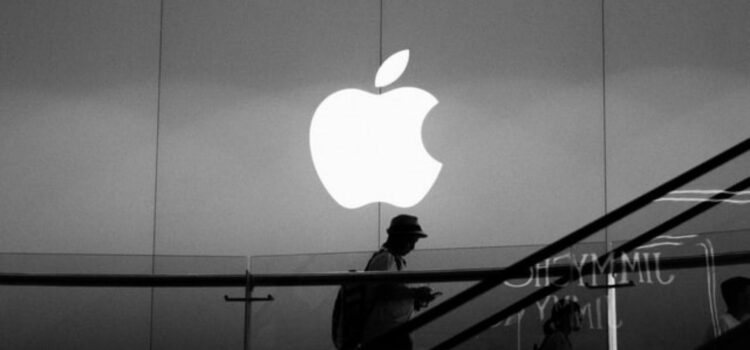What is a product positioning statement? What is the purpose of writing a product positioning statement for your business? A product positioning statement is a description of your target customers and the value you provide to them. Marketing and sales teams use the product positioning statement to inform customer messaging and ensure all communication is consistent. Here are some tips on how to write an effective product positioning statement for your business.
How to Create a Product Positioning Statement










